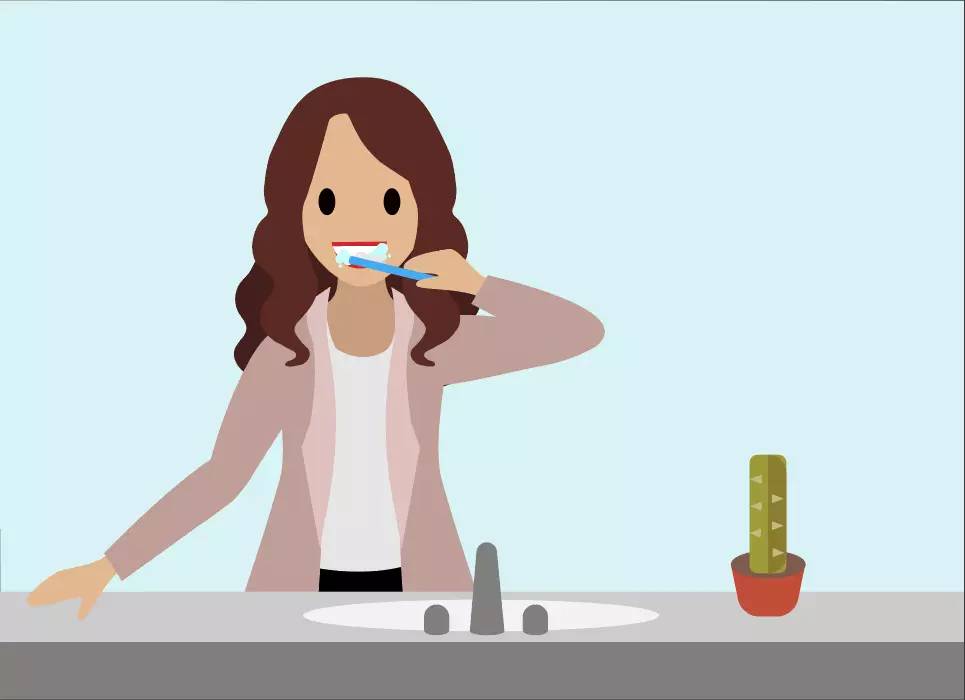Unlock the Power of Mindfulness
Learning Objectives
After completing this unit, you’ll be able to:
- Explain why mindfulness is important.
- Practice checking in with yourself by returning to your breath.
Mindfulness Matters
According to the American Psychological Association, practicing mindfulness has both group and individual benefits, including:
- Reduced stress
- Better sleep
- Increased focus and memory
- Less emotional reactivity
- Greater self-observation
When you prioritize mindfulness, you also build resiliency. As a result, you’re able to deal more effectively with day-to-day stresses at home and at work. And in times of crisis, resiliency and effectively dealing with stresses are more important than ever.
Learning About Mindfulness
Acclaimed global spiritual leader, poet, and peace activist Thich Nhat Hanh is the founder of Plum Village in southwest France, Europe’s largest Buddhist monastery and the world’s largest mindfulness practice center.
According to Plum Village, “Mindfulness is the energy of being aware and awake to the present moment. [...] We bring our body and mind into harmony while we wash the dishes, drive the car, or take our morning shower.” At Plum Village, even common daily activities such as walking, eating, and working are practiced in a way that is intentional and mindful.
You can bring mindfulness to your daily routine. Mindfulness of your body—in particular, your breathing—is the foundation that you can build upon to become more aware of what’s going on inside and outside of yourself, no matter what is happening around you.
How Is Mindfulness Different from Meditation?
You may have heard the two terms used interchangeably, but they are two different things. When people talk about meditation, they’re usually talking about a formal practice that you do for a set period of time. Sometimes people meditate as part of a religious or spiritual tradition, but not always. And you don’t have to have a meditation practice to try mindfulness. When you try to be mindful, you’re simply paying attention to your thoughts, feelings, sensations, and actions. You stay present in the moment, instead of worrying about the past or dreaming about the future.
Mindfulness and Your Breath
Even though your body is physically present, there are a lot of things that happen throughout the day that can take your mind elsewhere. Awareness of your breath brings your mind back to your body and gives you feedback about how your body and mind are doing. You might be surprised by how much your breath can tell you.
Return to Your Breath
By simply taking notice of how you’re breathing, you’re already engaging in mindfulness. Notice that your breath becomes more relaxed right away. With your mind focused on each breath, you no longer focus on your anxiety and worry. You become more present and aware of your body.
Step-by-Step Returning to Your Breath Exercise
- Take a moment to notice the flow of air coming in and going out of your nose, or the natural rise and fall of your abdomen.
- Is your breath long or short? Labored or relaxed? Just observe for now without trying to change anything, like watching waves come and go on the beach.
- As you continue to be aware of your breath, silently say to yourself, “Breathing in, I know that I am breathing in. Breathing out, I know that I am breathing out. In… out... ” and so on.
- You don’t need to control the breath—simply feel the breath as it is. With your awareness, it naturally becomes slower and deeper, because your breathing begins to reflect the more relaxed state of your body and mind.
- Next, follow your in-breath, from the beginning, as it enters your nostrils and through to your lungs. Do the same with the out-breath, noticing how your lungs expel the air as it moves up through your throat and out through the nostrils. You can silently say to yourself, “Breathing in, I follow the in-breath from its beginning to the end. Breathing out, I follow the out-breath from its beginning to the end.”
- At any time—while you are walking, working on the computer, attending a meeting, or caring for a family member—you can return to this peaceful exercise to refocus.
Mindfulness in Practice
You can practice mindfulness in activities throughout your day, including:
- Sitting in meditation
- Taking a walk
- Eating a meal
- Drinking your morning tea or coffee
- Starting your team meeting
- Even brushing your teeth!

Learn more about mindfulness, including additional step-by-step exercises and ideas for bringing mindfulness to your daily routine, with the Mindful Living with the Plum Village Monastics badge here on Trailhead.
Your Next Steps
You’ve learned how to prioritize what’s most important with your personal V2MOM, build healthy new habits, and introduce mindfulness to your daily routine. Now you can put these practices to work for you.